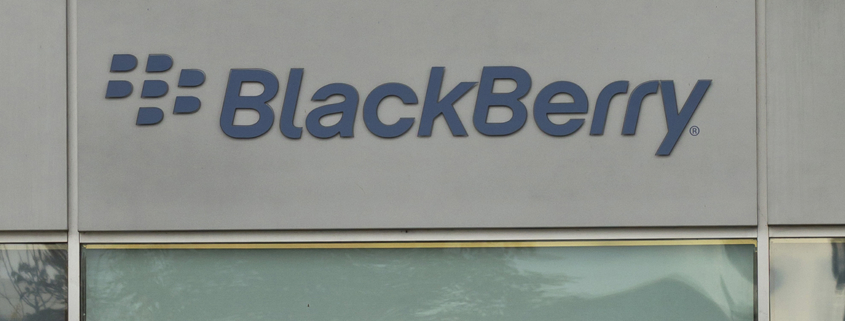Wall Street eyes cybersecurity, with Goldman Sachs announcing $125 million investment
Growing concerns over cybersecurity vulnerabilities in the United States are prompting record investments from firms to protect critical industries.
FBI Director Christopher Wray said last month that intelligence officials were “concerned” about the possibility of Russian cyberattacks against critical U.S. infrastructure in the wake of Russia’s war with Ukraine.
“The reason we’re concerned about it is not just based on our longstanding understanding of how the Russians operate, but it’s actually the product of specific investigative work and surveillance work that we’ve been doing all together,” Wray told an audience at the Detroit Economic Club in March.
Wray’s comments came a few weeks before Tuesday’s announcement that Goldman Sachs planned to expand its reach in supply chain cybersecurity, investing $125 million in a strategic partnership with a company that serves energy, government and aerospace and defense accounts.
Nikhil Gupta, a professor with New York University’s Tandon School of Engineering, who is affiliated with the NYU Center for Cyber Security, told ABC News the investment was part of a growing trend.
Over the past year, several private investment firms have invested hundreds of millions of dollars in cybersecurity. Former U.S. Treasury Secretary Steve Mnuchin’s Liberty Strategic Capital spent $525 million to acquire mobile security vendor Zimperium last month; Turn/River Capital acquired security policy management firm Tufin for $570 million earlier this month; and software security giant McAfee sold its Enterprise business to Symphony Technology Group for $4 billion dollars in March 2021.
Gupta noted that “more than 70% of manufacturing is conducted by actually small and medium-sized companies, and these companies don’t have resources to invest in upgrading their computers or, or implementing cybersecurity solutions.”
He added, “A lot of times they are manufacturing companies and…


